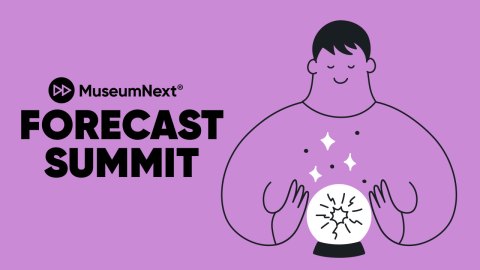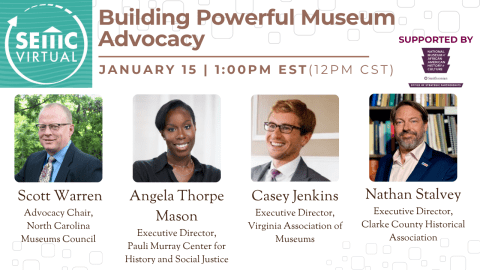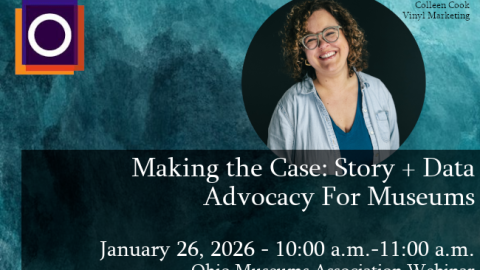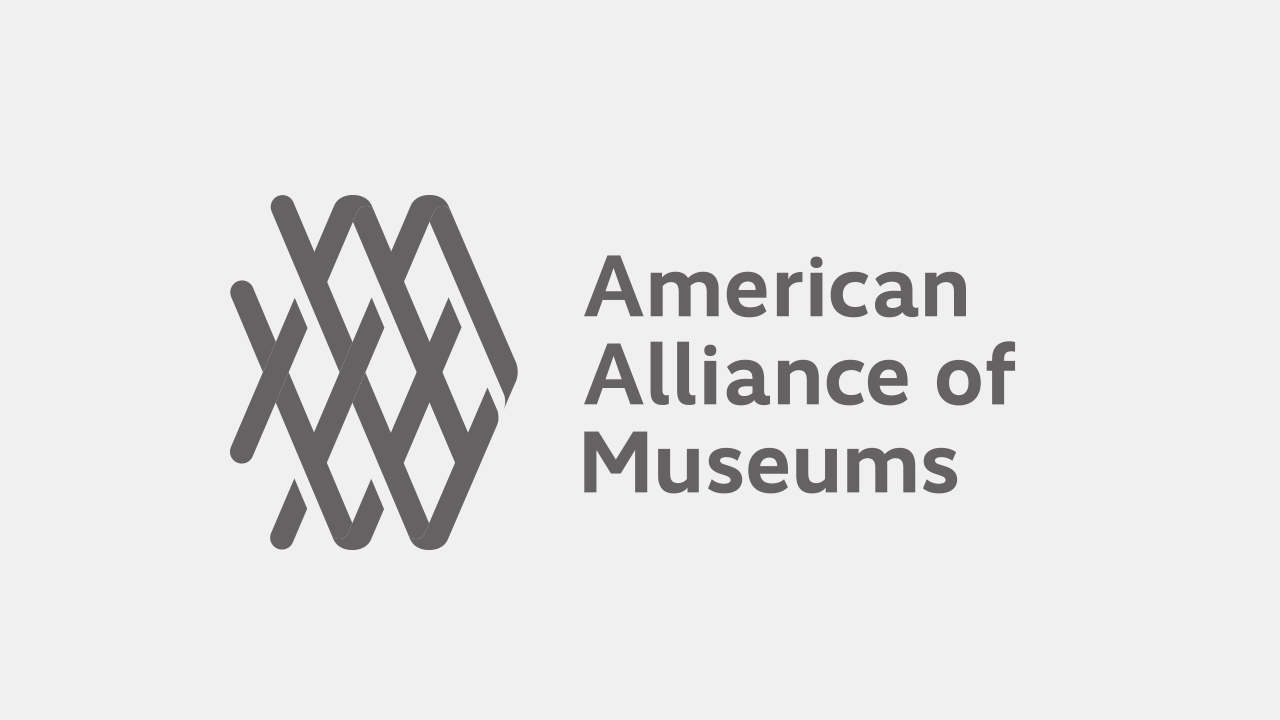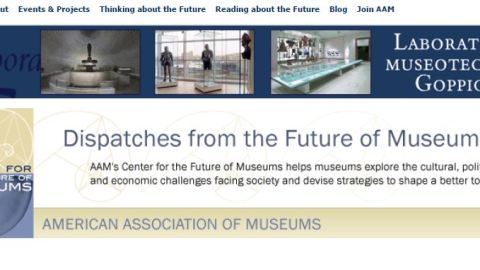
I love finding examples of museums that use their resources to boost the fortunes of makers, craftspeople and local businesses. The California Indian Museum and Cultural Center fostering Native-led food start-ups, the Empowerment Hub at the National Public Housing Museum, New Inc.’s art and tech incubator at the New Museum–these are all great examples of how the public’s investment in museums pays back tenfold. Today on the blog, Alex Fraioli, Assistant Director of the Heurich House Museum in Washington, DC, tells us how the museum’s entrepreneurship has enriched the local economy, as well as bolstering their own bottom line.
–Elizabeth Merritt, VP Strategic Foresight and Founding Director, Center for the Future of Museums, American Alliance of Museums
“The measure of a museum’s success is how engaged it can make me in something I don’t care about.”
the Heurich House Museum’s first intern, 2012
When people think about the future of museums, they might imagine digital headsets or futuristic buildings. But at the Heurich House Museum in the historic Dupont Circle neighborhood of Washington, DC, our vision for the future comes alive in a Victorian-era mansion built by historic local craftspeople for successful brewer and German immigrant Christian Heurich. When visitors walk through the front door of the Heurich House Museum, they are immediately transported back in time 130 years, but for me the space is alive with years of memories from community programs and quiet moments.
I came to the Heurich House seven years ago not as a “museum person,” but with a background in marketing and a desire to build community in DC. Kim Bender, the museum’s Executive Director, interviewed me for a part-time marketing role. We connected over the importance of visual communication, efforts to engage the public, and being of service to our local community.
I quickly discovered this historic house museum was far more than a preserved mansion that gave tours. At the time it was ramping up to host its annual Christmas Markt—rooted in the legacy of the historic craftspeople that built the house, plus it was undertaking a new kind of public history project by reviving Heurich’s historic Senate Beer, and was preparing to open an exhibit during Trump’s first term that invited immigrant artists to reinterpret the historic spaces.
Early on, Kim shifted my perspective about museums, introducing me to her broader vision to create a new model of house museum. Kim took over the organization in 2011 when the museum’s only activity was tours centered on turn-of-the-century decorative arts. It was beautiful and historically rich, but not yet alive in the ways she imagined it could be.
When the Center for the Future of Museums invited me to write a guest blog post, I sat down with Kim to reflect on the formula that has shaped the museum I know today. The museum’s relevance to modern communities is the result of a bit of luck and a great deal of strategic thinking:
1. A supportive, but open-minded, board is the cornerstone.
No organization can progress forward without an open-minded and supportive board. Kim walked into an organization desperate for reinvention and a board that was willing to let her do so. Kim proposed a strategic plan that included ideas for increasing revenue, stabilizing operations, formalizing policies and procedures to preserve the property and collections, and inviting community members in.
Individualist board perspectives can hinder an Executive Director’s vision, but that (luckily) wasn’t the case here. From the start, Kim built trust with the board, and in turn, they supported, mentored, and encouraged her leadership. She also told me “they rarely said no, and almost always gave wise counsel.”
Maintaining this culture remains top priority. New board members are selected with intention and, unlike some organizations that prioritize financial wealth, the museum values cultural and community wealth.
2. A forward-thinking business model keeps priorities united.
Over the past decade, the museum’s revenue grew from $250,000 to $1 million through mission-aligned income streams and minimal individual contributions. These sustainable sources allowed programs to grow without limitations that come with receiving restrictive donations.
A significant portion of our budget comes from earned revenue.
“Christmas Markt” began as the museum’s first fundraiser 14 years ago and evolved and expanded into our year-round Urban Manufacturing Incubator. The incubator works to create an equitable path to success for DC’s small-scale manufacturing businesses—composed of local craftspeople and craft beverage producers—both of which directly relate to Heurich history.
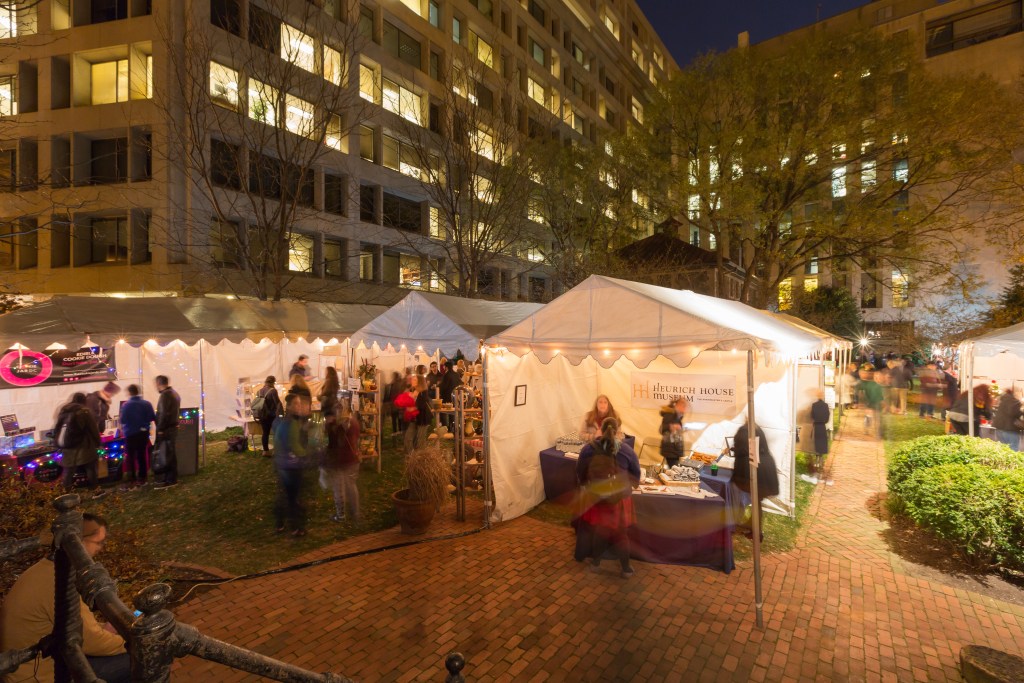
Our biergarten, featuring all local products, now brings in one-fourth of our revenue and significantly boosts site visitation. Senate Beer sparked the biergarten. In 2017, the board approved a loan to acquire a collection of Heurich brewery artifacts—around the same time, beer historian Pete Jones uncovered a historic lab report that informed the revival of Senate Beer. Kim wove this into a larger vision, contracting with local brewery Right Proper to produce the beer. The museum owns the trademark, creating a unique revenue stream.
Aside from earned revenue, the museum began to seek grant funding to propel our education & preservation programs. Previously, the museum relied on tour and program ticket sales, but to expand upon the deep history of the property we needed a boost. Kim applied for a capacity-building grant from the city, allowing us to hire support to seek further grant funding. Projects like our exhibit “Working Title” about the historic household staff, building a master preservation plan, cataloguing our collection, and developing a paid graduate research fellowship, followed.
Because we can sustain ourselves without major donors, we’re now able to seek donations from individuals as an investment in our future and not a necessity for survival.
3. Owning our property gives us stability and gives us freedom.
The Heurichs deeded the mansion that we call home to the DC Historical Society in 1956. In 2003, Heurich grandchildren created the Heurich House Foundation and helped our organization purchase the property back. The museum has three floors of interpretive space, rentable offices for like-minded businesses, a carriage house which features our exhibit “HOME/BREWED” and bar, and a private garden.
Unlike many historic sites that are beholden to external entities for space usage, we own our property. This ownership gives us the freedom to generate revenue and design our operations entirely around serving our community. As a result, we’ve created a vibrant, unified campus, a true third space where people can connect and relax.
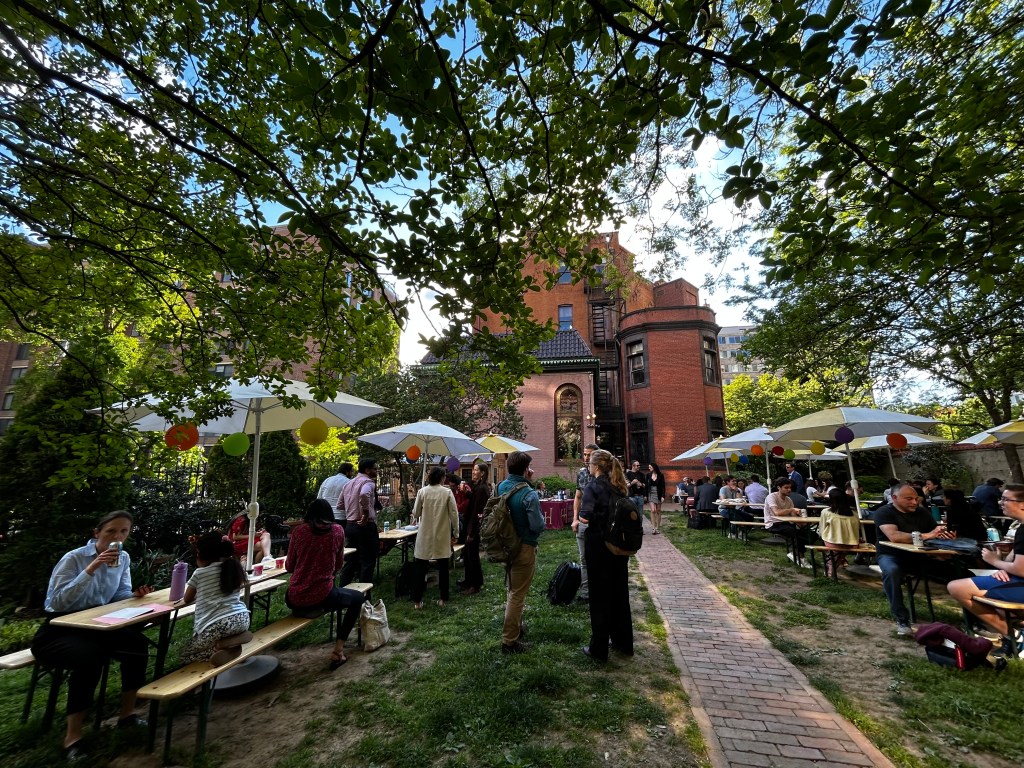
While maintaining the property comes at a cost, we’re able to reinvest the income it generates directly into its preservation and restoration, ensuring it remains for generations.
A single visit might include attending a lecture, enjoying a beer, exploring exhibits, and participating in a free craft. Our gardens also host a variety of community events, including our annual Christmas Markt.
As with any small museum, I’ve held a variety of roles through this transformation—working to create content for social media, growing the biergarten and executing the mission of the Incubator, to now holding the role of Assistant Director. I have watched the Heurich House Museum evolve into a vibrant cultural hub, a gift I couldn’t have imagined back in my 2018 interview. (I now tell people I am a museum person!)
